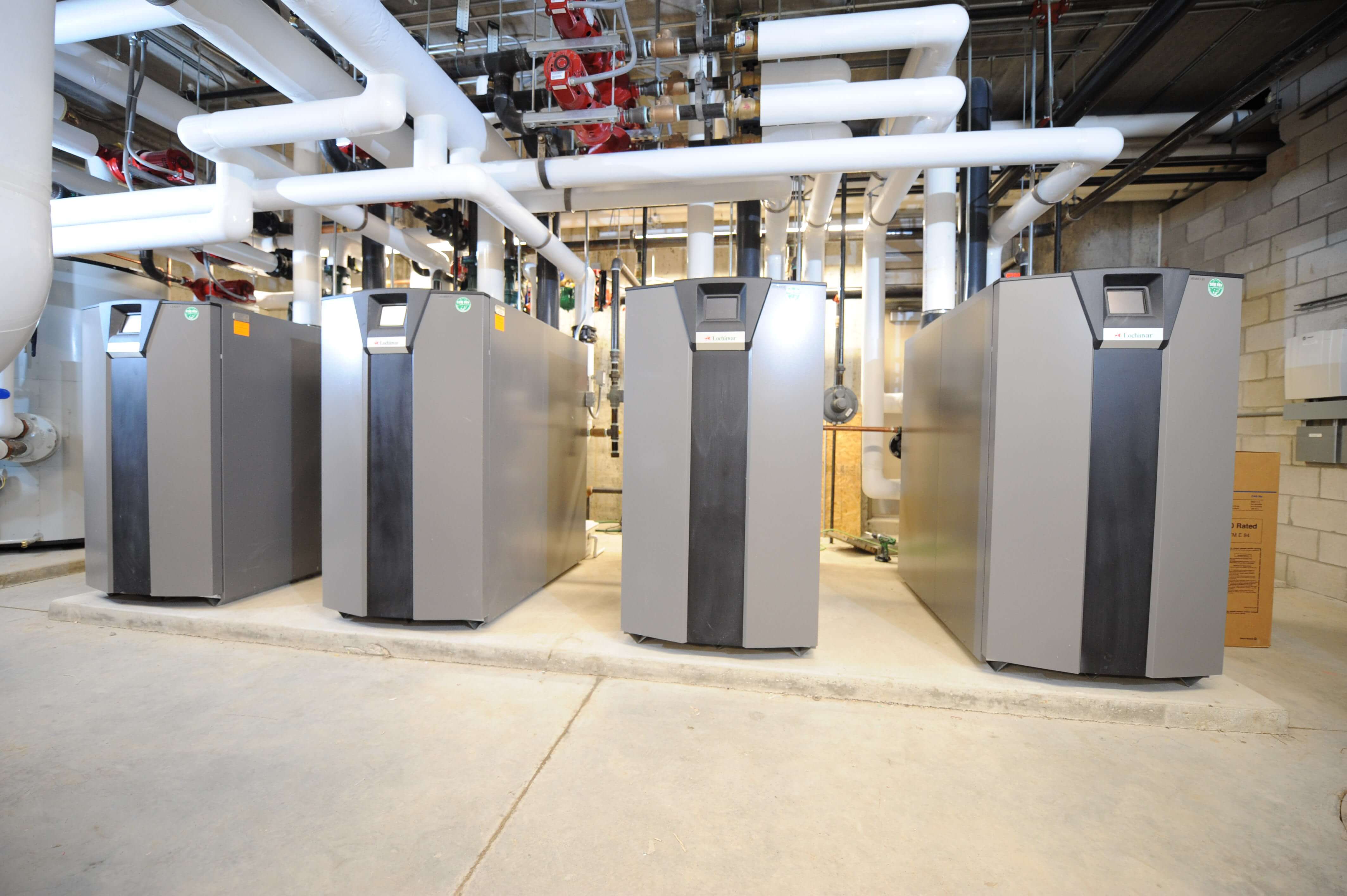From Guest Blogger Lillian Connors: How to Make Your Condensing Boiler More Efficient

Do I have one?
Aside from the water vapour plumes from the flue, the safest way to determine if your boiler is a condensing boiler is by checking its pipework. The condensate it produces is acidic, so it has to be drained from the boiler through a plastic pipe. The condensate pipework is usually connected to the boiler via a white plastic pipe that is ¾” in diameter. In most cases it’s located on either the right or the left side of the boiler.
How effective are they?
Modern boilers have high energy efficiency, which means they capture a lot of heat from the gas they burn. An average boiler today has an efficiency of about 90%. In other words, if you burn $1 of gas, 90 cents are transferred into the heating or hot water system and 10 cents are wasted into the atmosphere. On the other hand, if you can keep your boiler in condensing mode, you can use some of that 10%. A boiler in condensing mode can capture up to 8% of the wasted heat and convert it into useful heat.
How to make the most of condensing mode?
Condensing mode occurs only when certain conditions are met. The heat transfer from the burning gas in the heat exchanger is so effective in modern boilers that the flue gas temperature is reduced to a point where water vapour is created. The vapour sticks to the heat exchanger surface if the exchanger temperature is 57°C or less. The best way to achieve this is to set your boiler thermostat to a temperature low enough to be comfortable but also to ensure that the central heating return temperature is 57°C or less. While this is easy to achieve through most of the year, it may be challenging during chilly winter nights.
Smart temperature control
Modern condensing boilers use smart systems which ensure that the boiler uses the least amount of heat to reach the comfort temperature you set throughout the seasons. It includes communication between the boiler and an outside temperature sensor, and the communication between your room temperature and the boiler to make sure that the central heating temperature is adjusted for maximum condensing. By using pre-mix burner technology, a contemporary condensing boiler is able to achieve up to 97% performance at 50°C.
Balanced central heating
In addition, it’s important to have your central heating system balanced as well. By doing so, you’ll slow down the water flow,which gives the radiators a chance to disperse more heat over time. As a result, the water that returns to the boiler will be at a low enough temperature for the water vapour to condense. The more condensation a boiler captures, the less gas it needs to reach the desired temperature in your home.
Traditional boilers are being increasingly phased out by condensing boiler systems that not only make savings on the gas bill, but also reduce CO2 emissions. However, many homeowners are unaware that they need to be set correctly to make the most of their efficiency. Only with proper thermostat settings and a balanced central heating system can you benefit form the extra savings.
